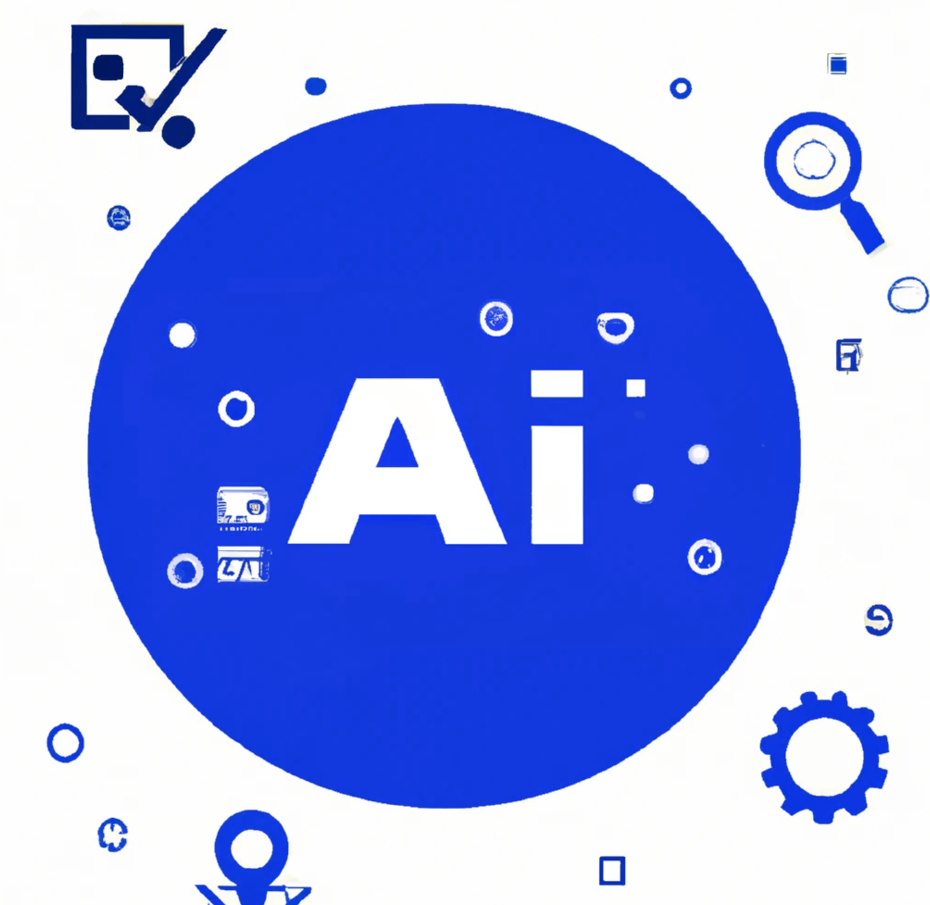Introduction
Artificial Intelligence (AI) has been a transformative force in the world of technology. It has revolutionized various sectors, from healthcare to finance, and continues to push the boundaries of what is possible. However, as we move towards more advanced forms of AI, such as generative AI, it becomes increasingly important to put humanism at the center of its development and application.
Understanding Generative AI
Generative AI refers to systems that can create new content or predictions based on their training data. These systems can generate anything from music, images, and text to complex predictive models. The power of generative AI lies in its ability to learn patterns and replicate them in unique and innovative ways.
The Marvels of Generative AI
Generative AI is a subset of artificial intelligence that focuses on the creation of content, whether it be text, images, music, or even entire virtual environments. It employs sophisticated algorithms and neural networks to generate content that often mimics human creations. What makes it truly fascinating is its ability to generate content autonomously, often indistinguishable from what a human might produce.
Here’s where the magic happens: Generative AI can take a text prompt and craft a coherent story, generate lifelike images from scratch, compose symphonies that rival those of the great composers, and even design 3D environments that feel like they were meticulously crafted by a human hand.
The Need for Humanism in Generative AI
As we continue to develop and implement generative AI systems, it’s crucial that we do so with a humanistic approach. This means ensuring that these systems are designed and used in a way that respects human values, ethics, and diversity.
The Potential and Perils of Generative AI
The potential applications of Gen AI are boundless. It can assist creative professionals by generating initial drafts of content, automating repetitive tasks, and providing fresh perspectives. It can revolutionize industries like entertainment, design, and marketing by accelerating content creation and opening new avenues for innovation.
In healthcare, Generative AI is helping in drug discovery and protein folding simulations, potentially accelerating the development of life-saving drugs. In finance, it aids in risk assessment and fraud detection by analyzing vast datasets. In education, it personalizes learning experiences and provides tailored content to students.
However, with great power comes great responsibility. Generative AI also presents ethical challenges and potential pitfalls. There are concerns about the misuse of AI-generated content for disinformation, deepfakes, and copyright issues. Striking the right balance between creativity, automation, and ethical considerations is a complex task.
Respecting Human Values
Gen AI has the potential to create content that can influence people’s thoughts, feelings, and actions. Therefore, it’s essential that these systems are designed to respect human values. This includes ensuring that the content generated does not promote harmful or discriminatory behavior.
Upholding Ethical Standards
As with any technology, gen AI must be used ethically. This means ensuring that it is used for purposes that benefit society and do not cause harm. For example, generative AI should not be used to spread misinformation or create deepfakes that can deceive people.
Embracing Diversity
Gen AI systems learn from the data they are trained on. Therefore, it’s important that this data is diverse and representative of different cultures, perspectives, and experiences. This will help ensure that the content generated by these systems is inclusive and respectful of all individuals.
The Co-Creation Model
Imagine a future where Gene AI works hand in hand with human creators, enhancing their capabilities and expanding creative possibilities. This co-creation model represents the epitome of humanism in AI.
In this model, writers collaborate with AI to generate initial drafts of novels, artists use AI to explore new visual styles, and musicians blend their compositions with AI-generated harmonies. Rather than fearing job displacement, creative professionals embrace AI as a tool for amplifying their creativity and breaking new ground.
In the world of journalism, AI can assist in fact-checking, data analysis, and even generating initial news reports, but human journalists bring the investigative prowess, critical thinking, and ethical judgment that ensure accurate and context-rich reporting.
Reaping the Rewards of Generative AI
When we put humanism at the center of generative AI, we stand to reap numerous rewards. These systems can be used to create new forms of art, generate novel solutions to complex problems, and even help us understand our own humanity better.
Creating New Forms of Art
Gen AI has already shown its potential in the realm of art. Artists are using these systems to create new forms of music, visual art, and literature that push the boundaries of creativity.
Solving Complex Problems
Gen AI can also be used to generate novel solutions to complex problems. For example, it can be used in drug discovery to generate new potential compounds or in climate modeling to predict future climate scenarios.
Understanding Our Own Humanity
Perhaps one of the most profound rewards of gen AI is its potential to help us understand our own humanity better. By creating content that reflects our values, ethics, and diversity, these systems can provide us with a mirror through which we can see ourselves more clearly.
Conclusion
As we continue to explore the possibilities of gen AI, it’s crucial that we do so with a humanistic approach. By putting humanism at the center of gen AI, we can ensure that this technology is used in a way that respects our values, upholds our ethical standards, and embraces our diversity. In doing so, we stand to reap the many rewards that this technology has to offer.
